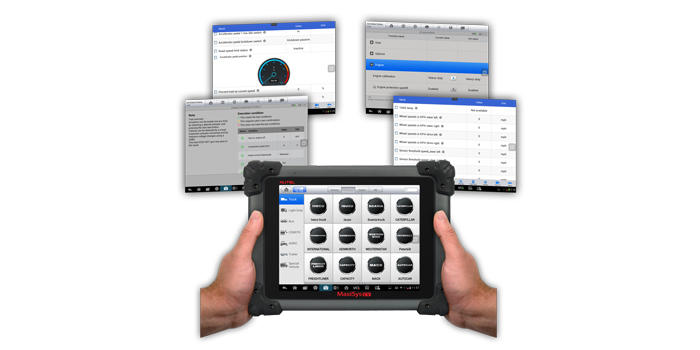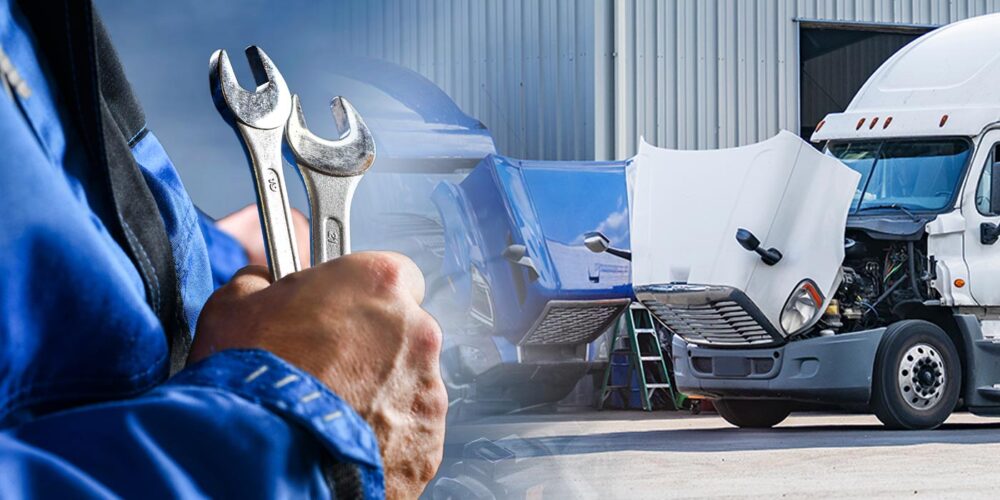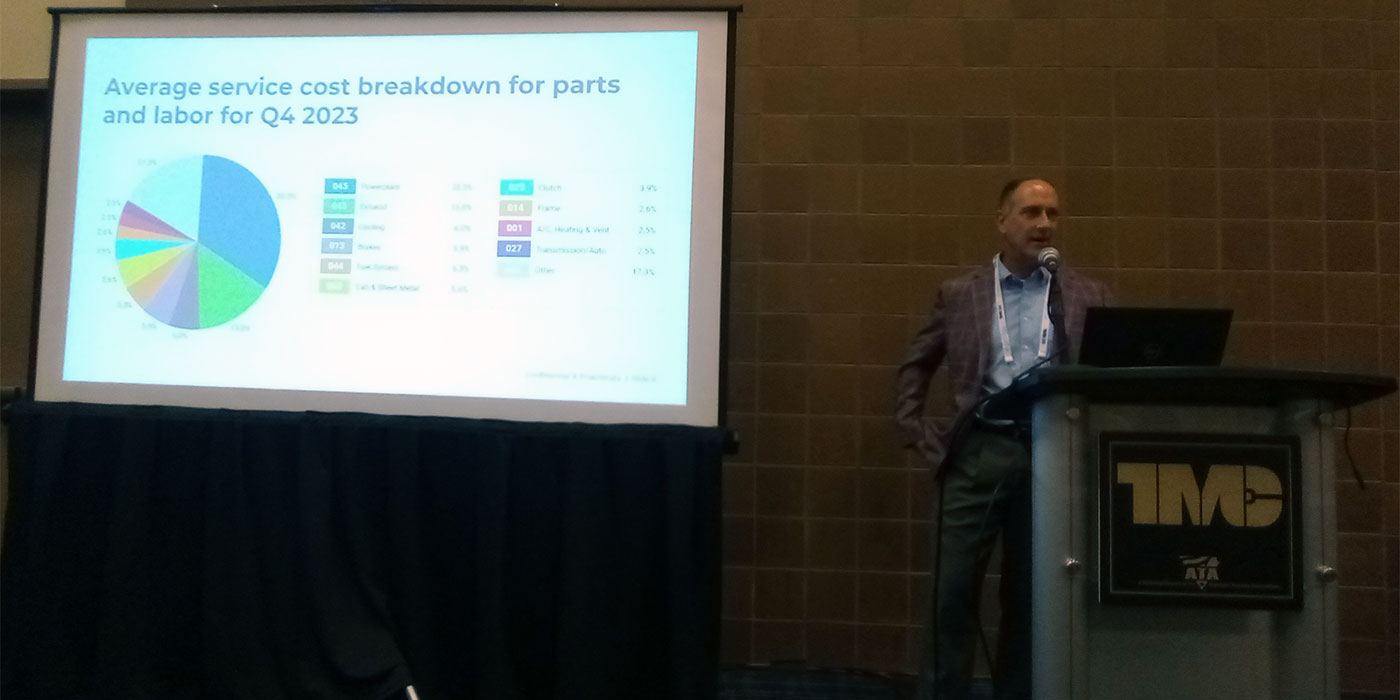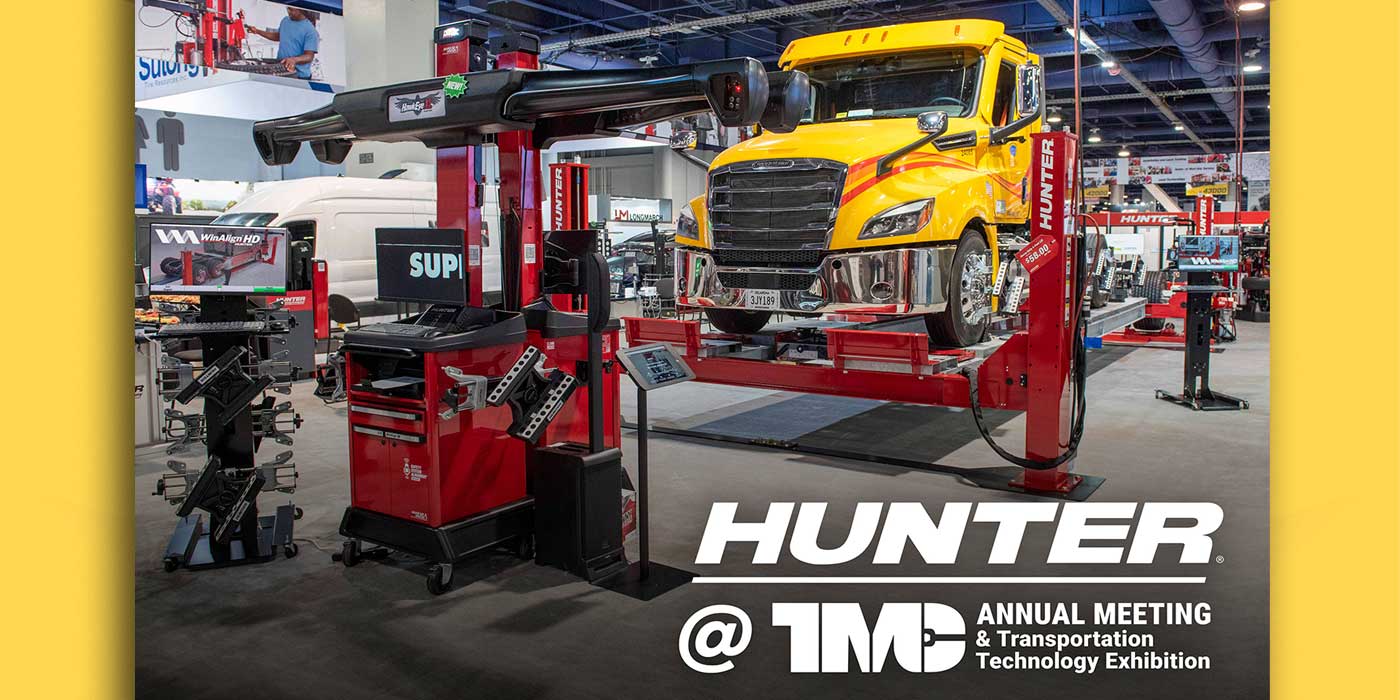You don’t pound a nail with the flat end of a wrench or turn a screw with a pair of pliers.
You have the right tools to get the job done right. The same should go for data-reading scan tools that allow you to diagnose service root causes with speed and precision.
“As a former technician of 10 years, and 25 years in the field, I think one of the biggest issues is the completeness of the tools from a diagnostic standpoint,” said Chris Freeman, North American HD sales and training director with Autel. “Too many tools offer incomplete or sub-par bilateral testing from the standpoint of OEM software, and others that come close to offering OEM-level completeness are often hard to navigate or take extensive training to understand.”
The challenge for both fleet service managers like yourself and scan tool manufacturers alike is keeping up with the rapidly changing equipment. New, complex components mean more complex diagnostics. Today’s heavy-duty scan tools leverage the latest in data-driven diagnostic technology to give your technicians an edge.
Jason Hedman, Noregon’s JPro product manager, said that testing is a major challenge facing scan tool manufacturers. “Testing new coverage or features on an all-makes-and-models tool requires access to many different trucks to ensure that updates work as intended and do not interfere with previously implemented aspects of the tool,” he said. “Finding the right mix of the newest equipment and still doing effective regression testing on older equipment can be a challenge.”
It’s a challenge that you no doubt can appreciate—you’re likely running multiple makes and model years. So how can you speed up your heavy-duty truck service throughput with the right scan tool? There are three main areas you want to consider:
- Complete diagnostic information
- Root cause diagnosis
- Ease of use for the technician
Let’s tick them off one by one.
Complete diagnostic information
We’ve already covered its importance, but how do you ensure that a scan tool is updated with the latest and greatest vehicle information? First off, many scan tool manufacturers offer a subscription service through which updates are pushed to the scan tools.
“ESI Truck Diagnostic solution subscribers receive a minimum of three software updates annually, which adds coverage based on feedback received from existing users,” said Dan Sampson, product manager for heavy-duty diagnostics with Bosch Automotive Aftermarket Service Solutions, “but heavy-duty service managers should expect at least two updates per year from their diagnostic tools.”
“Our research shows that 58% of vehicles leave the shop with some sort of unfixed issue, so our goal is to reduce that number by promoting bumper-to-bumper diagnostics.”
—Jason Hedman, Noregon’s
JPro product manager
“If there aren’t multiple updates per year, then coverage and features are likely lacking,” Noregon’s Hedman agreed, but quickly noted that quality still trumps quantity when it comes to updates. “Each update should improve coverage and add features that help the technician do his or her job. Emerging market problems should be addressed as quickly as possible and rolled out to all active subscribers.”
“Each update should provide additional value-added content to the service operation,” Sampson elaborated, “and include elements such as additional vehicle or system coverage, additional bi-directional controls, additional special tests and additional diagnostic procedures.”
The latest advances—from remote engine updates to advanced driver assistance systems—should also be on the scan tool manufacturer’s radar, if not already in the works.
“With today’s pressure on increased uptime, the technician doesn’t have the luxury of time.”
—Chris Freeman, Autel
“ESI Truck already supports the Meritor WABCO collision avoidance systems on vehicles and we continue to work on adding additional coverage through various software updates to further assist heavy-duty technicians needs in this area,” Sampson noted.
Other examples of value-added updates include Noregon’s unique Virtual Truck, which allows users to simulate the tool’s advanced capabilities without connecting to a truck.
“This is invaluable in training environments where it is not always feasible to connect to a truck,” Hedman said. “It can simulate a DPF regen, for example, with none of the associated risks or costs of performing a forced regen on an actual vehicle.”
Root cause diagnosis
Your scan tool can have all the vehicle information in the world, but if a technician has to page through screen after screen after screen to find the right solution, you won’t see the ROI you expected. You need to ensure your scan tool of choice provides the information in a logical and intuitive manner.
“The most significant challenge in developing our scan tools was automating the ability for the tool to systematically present codes without having the technician interact with the product other than turning the system on and connecting to the vehicle,” explained Tom Kotenko, general manager for Snap-on Business Solutions with Nexiq Technologies. He went on to explain that Snap-on’s Pro-Link Ultra and the Nexiq eTechnician software automate the process of locating the diagnostic trouble codes (DTCs) by providing a path that eliminates known good components, or systems, in order to assist the technician in locating the root cause of the problem.
Integration with the latest diagnostic software and services can also provide a service edge. Both the aforementioned Snap-on and Nexiq solutions integrate with Mitchell 1 RepairConnect subscriptions, which provides a fully-capable repair path from a trouble code to all the associated information, including system repair information, system wiring diagrams and specifications.
“Capturing the health of the vehicle and trouble code data at write-up has a significant benefit in collecting that information early to assist the technician in determining an initial path to work toward the root cause.”
—Tom Kotenko, Snap-on Business Solutions,
NEXIQ Technologies
Noregon’s JPRO takes a holistic approach to its integration by connecting with platforms like Decisiv, which feeds into Volvo’s ASIST and PACCAR Solutions to expedite the process of creating or updating cases.
“Direct integration with those platforms helps tremendously with accuracy by reducing errors caused by manual entry of key data points like VIN, odometer readings, faults or other vital case information,” Hedman said. “Technicians have a difficult enough job without trying to keep training up to date on upwards of thirty diagnostic applications, so we provide the same look and feel regardless of the make of truck.”
Bilateral testing is also a term you’ll hear tossed around, and maybe even take for granted, assuming that most scan tools do this. That assumption, however, would be wrong. There are different degrees of testing.
“Tools that have subpar bilateral testing are of little use to the technician, requiring them to invest in more expensive OEM software which drives up the cost of repairs,” Autel’s Freeman said.
Bosch’s Sampson recommended that fleet service managers look for a single diagnostic tool that offers coverage for a wide range of vehicles and systems, along with extensive coverage for bidirectional controls, special tests and targeted procedures.
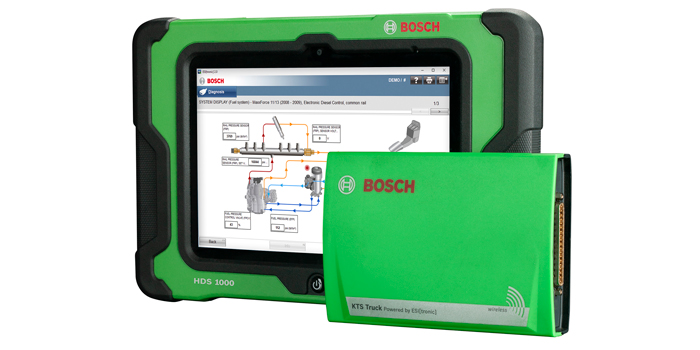
Ease of use for the technician
The generational gap between the most seasoned technicians and the newest seems like it has never been wider. Any change in the current service process is likely to be met with resistance from both sides, so make sure that the scan tool you select is easy to use.
“Today’s technicians come from backgrounds where they needed an all makes, models and components solution that simultaneously diagnoses every ECU on the vehicle,” Noregon’s Hedman said. “When diagnosing on a component-by-component basis, technicians must either switch between multiple applications or only diagnose a single component, leaving many issues potentially undetected on the truck. Aside from the lack of efficiencies using this method, consider the training required for a technician to be proficient on every major component-based application.”
Hedman noted that JPro scans the entire truck and returns detailed fault information for all ECUs, typically within about a minute. JPro also offers educational tools like Repair Mentor to improve the technician’s skill set while he or she works.
“The heavy-duty market has taken more years to standardize the electronic diagnostic information available compared to that of light-duty fleets.”
—Dan Sampson, Bosch Automotive Aftermarket Division
“Technicians want a single tool that does it all instead having to purchase and maintain licensing fees on multiple tools to cover the various trucks that come into the repair facility,” Bosch’s Sampson said. “Our solution, for example, is designed to guide heavy-duty technicians through optimal diagnosis based both on trouble codes and symptoms observed on the vehicle.”
“On a corporate level, we have made a substantial investment in R&D to make our tool more technician-focused,” Autel’s Freeman reported. “We are releasing an update with more than 1,000 functionality improvements and bilateral controls. We model our software to be functionally comparative to the OEM market. Modeling our software in this fashion also helps the technician when using OE based fault-based diagnostics.”
He pointed to Autel’s Cummins expert software as an example.
“You are using the OEM software,” he said. “This helps the technician complete the repair right the first time and in a timely manner, saving them time and money.”
“The industry continues to make progress in simplifying and automating as much as possible for a technician, but there is still much to be done,” Snap-on, Nexiq’s Kotenko said. “We continue to see large fleets and OEM dealer groups make progress towards a common dealer interface, or ecosystem, that enables diagnostic platforms to integrate with dealer or fleet management systems to initiate a work order based on the initial interaction [connection] with the vehicle.
“This ongoing collection of data, inclusive of parts information needed for the repair, technician repair notes and noted success of the repair will, in time, provide the industry with significant benefits,” he continued. “The industry will then truly have a heavy-duty predictive, prognostic tool that continues to learn and provide an advantage.”

